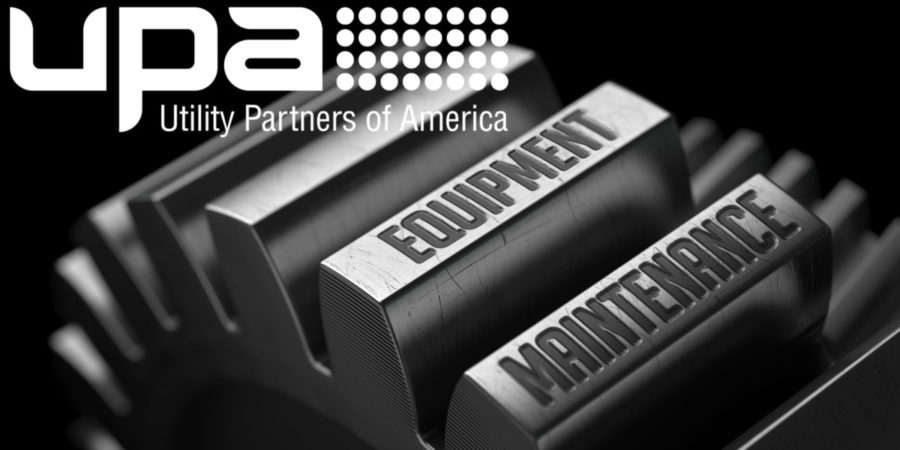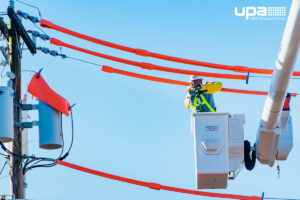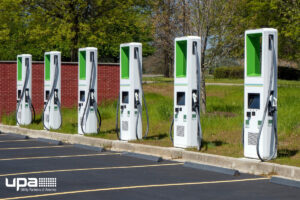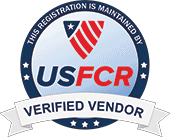What are two things that heavy machinery like bucket trucks, digger derricks, excavators, and cranes have in common? They’re all expensive, and utility companies use them in the field to keep their systems running properly. Proper maintenance increases the lifespan of equipment and helps to ensure safe operation. Processes and protocols developed around equipment are pivotal in any utility’s safety plan. You can reduce risk by following these three preventative maintenance tips.
Only purchase equipment from reputable manufacturers
While it might seem realistic to trim a budget, less expensive equipment can come back to haunt you. Not only do you run the risk of the equipment being faulty, but also, equipment sold by less-established companies may be harder to maintain. Encompassing everything from a restricted warranty to more expensive parts.
How equipment is stored
A lot of safety considerations revolve around keeping equipment in the best possible condition. This makes sense since malfunctions lead to accidents and injuries. Utilities can do themselves a favor by simply storing equipment properly. Equipment manufacturers will typically provide instructions on how to store equipment.
Related: Proactive Equipment Checks: A Lifeline for Your Business
Preventive maintenance is the key
Being proactive and instituting a preventative maintenance plan is critical to keeping equipment in top condition and employees safe. Many utilities have turned to technology like field service management software to stay on top of preventive maintenance. These robust solutions allow the utility to enter information about each piece of equipment and assign routine maintenance through automated work orders.
Related: Basic Asset Management: Benefits of Preventive Maintenance
Preventive maintenance includes routine inspections, thorough cleanings, blade sharpening, battery replacement, tire inflation, and oil changes, just to name a few. Environmental conditions should always be considered as well. A utility in Florida will experience different environmental conditions than say a utility in the northeast. All may require different preventative maintenance plans.
OSHA
The Occupational Safety and Health Administration (OSHA), is the government agency that oversees employers’ efforts to keep their employees safe and track workplace injuries and deaths. the most common accidents that cause fatalities, include being struck by an object, electrocution, falls, and being caught in or between machinery parts. Regular inspections and good record-keeping are smart, simple ways to prevent accidents and keep equipment running well.
Related: OSHA and Beyond: Keep Employees Safe in the Field
Utility Partners of America has extensive knowledge of equipment maintenance
If you’re finding that equipment maintenance is a concern for your utility, we can help. With two decades of partnering with utilities and energy cooperatives, UPA knows what it takes to keep equipment in top condition and employees safe. Interested in learning more? Contact us today.





